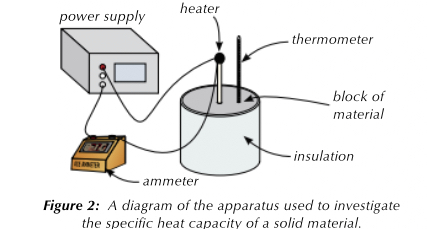Physics- Energy stores and transfers
5.0(1)
5.0(1)
Card Sorting
1/24
Earn XP
Description and Tags
Study Analytics
Name | Mastery | Learn | Test | Matching | Spaced |
|---|
No study sessions yet.
25 Terms
1
New cards
Kinetic energy store
Anything moving has energy in its kinetic energy store.
2
New cards
Thermal energy store
Any object. The hotter it is, the more energy it has in this store.You may also see thermal energy stores called internal energy stores.
3
New cards
Chemical energy stores
Anything that can release energy by a chemical reaction, e.g. food and fuels.
4
New cards
Gravitational potential energy store
Anything that has mass and is inside a gravitational field.
5
New cards
Elastic potential energy store
Anything that is stretched (or compressed) e.g. springs
6
New cards
Electrostatic energy store
Anything with electric charge that is interacting with another electric charge,.e.g. two charges that attract or repel each other
7
New cards
Magnetic energy store
Anything magnetic that is interacting with another magnet,.e.g. two magnets that attract or repel each other.
8
New cards
Nuclear energy store
Atomic nuclei have energy in this store that can be released in nuclear reactions
9
New cards
How can energy be transferred mechanically?
An object moving due to a force acting on it,.e.g. pushing, pulling, stretching or squashing.
10
New cards
How can energy be transferred electrically?
A charge(current) moving through a potential difference,e.g. charges moving round a circuit.
11
New cards
How can energy be transferred by heating?
Energy transferred from a hotter object to a colder object,e.g. by heating a pan of water on a hob.
12
New cards
How can energy be transferred by radiation?
Energy transferred by, e.g. light/sound waves
13
New cards
Conservation of energy principle
Energy can be transferred usefully,stored, or dissipated, but can never be created or destroyed.
14
New cards
Work done
Can be done by a moving charge or by a force ,owing an object through a displacement.
15
New cards
Kinetic energy store

16
New cards
Gravitational potential energy store

17
New cards
Energy transfer from falling objects

18
New cards
Elastic potential energy store

19
New cards
What is specific heat capacity?

20
New cards
Specific heat capacity equation

21
New cards
Investigating specific heat capacity
1. Measure mass of black.
2. Wrap it in an insulating layer.
3. Insert the thermometer and heater as shown.
4. Measure initial temp of block and set pd of power supply to 10v
5. Turn on power supply and start stop watch.
6. Take readings every 10 mins.
7. Usin measurements of current and pd you can calculate the power.
8. Then plot a graph
9. X- axis- energy transferred
10. Y-axis temperature

22
New cards
What is power?
It is the rate of energy transfer.

23
New cards
What is conduction?

24
New cards
What is convection?

25
New cards
What is thermal conductivity?
It is a measure of how quickly energy is transferred through a material in this way.